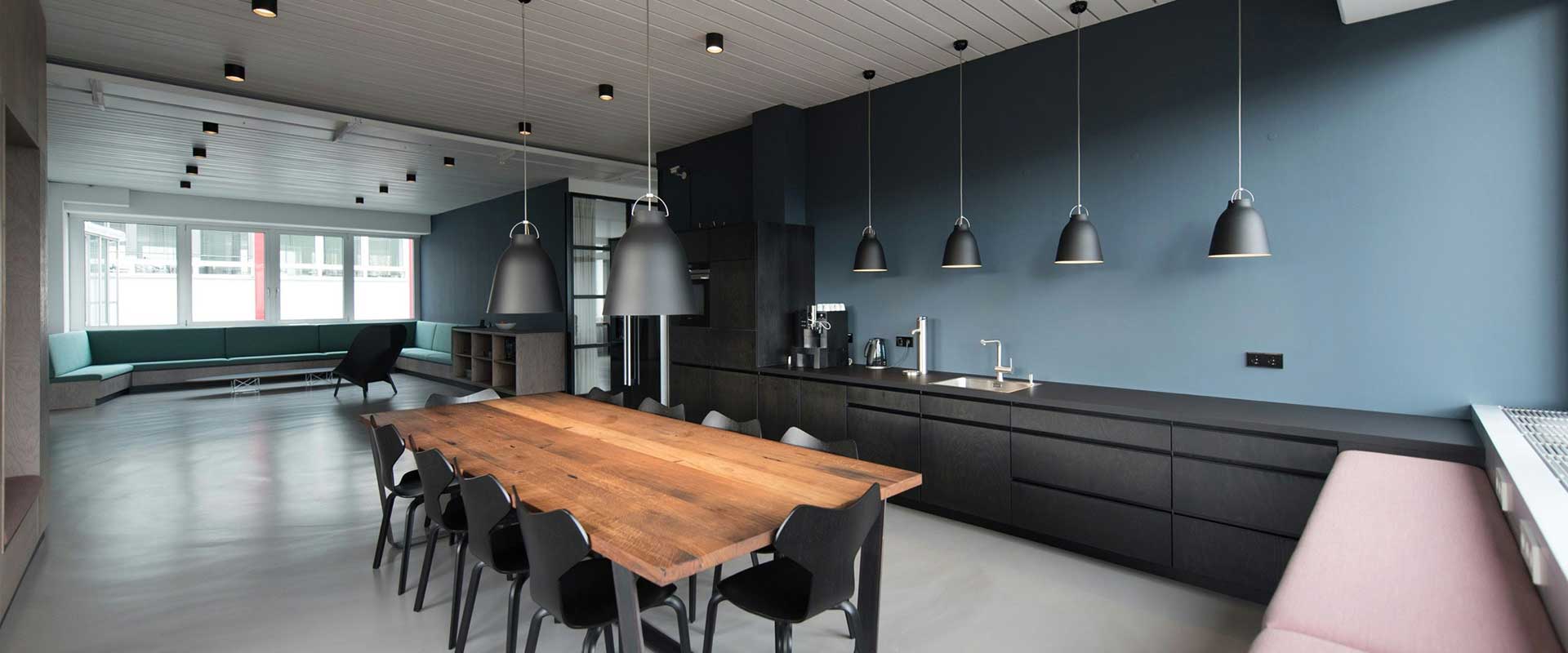The National Fire Prevention Association (NFPA) 101: Life Safety Code, the bedrock of occupant safety in buildings, undergoes a vital transformation every three years. As we embark on the 2024 edition, engineers must stay ahead of the curve and understand how these changes will impact their projects. While the core principles of life safety remain paramount, this iteration introduces essential updates that redefine building design and occupant protection in exciting ways.
Its enhanced protection strategies include:
- Carbon Monoxide (CO) Detection. Expanded requirements for CO detection systems in various occupancies, including existing educational facilities, daycares, and apartment buildings, bolster occupant safety against this silent threat.
- Emergency Action Plans (EAPs). Updated EAPs now address security features, ensuring a more holistic approach to emergency preparedness and response.
- Exit Discharge Flexibility. New provisions allow up to 75% of exits in sprinklered buildings to discharge through protected vestibules, streamlining occupant evacuation under certain conditions.
The NFPA 101 includes innovative solutions for modern needs like modular rooms and sleep pods, valet trash collection services and alternative care sites. Prefabricated modular rooms and sleep pods are gaining traction in offices and airports and have dedicated chapters outlining their installation, size restrictions and impact on occupancy classification. These guidelines ensure their safe integration without compromising egress or overall fire safety.
Modular Rooms and Sleep Pods: Flexible Space, Clear Rules
These prefabricated rooms, used for calls, lactation, or short breaks, must be under 100 square feet (and 8 feet tall) and follow specific installation rules. Modular rooms can’t be considered “incidental” sleeping spaces. Egress must remain clear and avoid impediments to existing escape routes. These spaces must comply with UL 962 standards and the manufacturer’s guidelines.
Designed for slumber, sleep pods require even stricter considerations. Adding them changes the type of space, potentially requiring additional safety measures. They’re limited to 32 square feet and 8 feet tall, with a maximum width of 4 feet. Just like modular rooms, they must be listed and installed according to regulations.
In recognizing the growing trend of valet trash collection services, NFPA 101 now mandates specific fire protection measures for valet trash collection in apartment buildings, addressing a previously unregulated but critical safety aspect. The organization also offers guidance on fire protection for alternative care sites (ACS)/ temporary healthcare facilities, like disaster response units, equipping engineers with vital knowledge to design these crucial structures.
A Proactive Approach for Engineers
Understanding these changes is essential for compliance and opens doors to innovative design solutions. By actively engaging with the updated code, engineers can:
- Improve occupant safety, implementing the latest life safety measures and fostering safer and more secure environments.
- Optimize building design, leveraging new allowances and flexibilities to create functional and efficient spaces while adhering to code requirements.
- Stay ahead of the curve, being prepared for future code revisions by adopting a forward-thinking approach to life safety design.
The 2024 NFPA 101 is not just an update; it’s an evolution in building safety. By embracing its changes and actively engaging with its nuances, engineers can pave the way for safer, more innovative, and future-proof structures that prioritize the well-being of occupants across diverse environments.
Stay Informed, Stay Compliant
As jurisdictions adopt the 2024 NFPA 101, engineers must be familiar with these changes to ensure modular rooms and sleep pods are integrated safely and meet all necessary safety standards. By proactively understanding these new requirements, engineers can create comfortable and compliant spaces for occupants to rest, recharge, and work with peace of mind. Here’s a breakdown of three fundamental changes impacting different occupancies:
ABHR dispensers: Double the capacity, enhanced care
- More ABHR allowed: Fully sprinklered buildings can now store up to 20 gallons of alcohol-based hand-rub (ABHR), double the previous limit. Individual dispenser sizes have also increased.
- Spill containment and maintenance: To ensure safety and hygiene, spill trays and proper cleaning procedures are now mandatory.
- Exemption for personal containers: Individual ABHR containers up to 16.9 ounces remain unregulated.
Portable fire extinguishers: Equipping assembly spaces
- New requirement for assembly occupancies: Both new and existing assembly buildings must now have portable fire extinguishers readily available.
- Research-driven rationale: Studies show occupants often attempt to extinguish small fires, and extinguishers provide a safe and effective tool.
- Moving beyond evacuation: NFPA 101 acknowledges the potential for early fire intervention before complete egress.
Carbon monoxide detection: Expanding the safety net
- Expanded scope: Existing educational and daycare facilities, along with new healthcare, ambulatory, and detention facilities, now require carbon monoxide detectors in specific areas.
- Data-driven decision: A 2022 report on CO incidents informed these changes, prioritizing occupant safety beyond fire emergencies.
- Protecting vulnerable populations: Children, healthcare patients, and incarcerated individuals benefit from enhanced CO detection.
NFPA 101 also addresses inflatable amusement devices for the first time, focusing on anchoring and fire safety considerations. Healthcare and ambulatory healthcare occupancies retain their specific ABHR requirements.
These changes highlight NFPA 101’s evolving role in protecting occupants from diverse hazards. Understanding these updates is crucial for engineers, building owners, and fire safety professionals to ensure compliance and implement optimal safety measures in various settings.
Alternative Care Sites
The 2024 edition of NFPA 101, the life safety code for buildings, introduces a crucial new element: alternate care sites (ACS). This addition reflects the lessons learned during the pandemic, when healthcare facilities faced unprecedented patient surges and non-traditional spaces were pressed into service.
The code defines an ACS as:
Any building, structure, or portion thereof not currently being used for healthcare that is temporarily reoccupied, converted, constructed, or relocated for healthcare use to provide additional capability for an affected community during urgent needs for increased capacity.
This broad definition encompasses many possibilities, from repurposing convention centers to setting up mobile field hospitals. To support the safe and effective use of these temporary facilities, NFPA 101 includes:
- A newly created Annex D: This comprehensive section expands on the ACS definition and provides detailed recommendations for establishing and operating such facilities. It covers everything from site selection and construction to staffing, infection control, and emergency preparedness.
- New language in Chapters 18 and 19: These chapters now explicitly permit the use of ACSs, provided they meet specific safety requirements and include having an approved fire emergency plan and complying with approved alternate construction, design, protection, operational, and occupancy classification requirements
This addition is a significant development for public health preparedness. By providing a clear framework for ACS in NFPA 101, communities can be better equipped to respond to future healthcare emergencies and ensure the safety of both patients and healthcare workers.
ACSs are intended for temporary use during urgent needs for increased healthcare capacity. They are not replacements for traditional healthcare facilities but offer supplementary support during surges. The specific requirements for ACS will vary depending on the type of facility, the level of care provided, and the local jurisdiction.
With the inclusion of ACS in NFPA 101, the life safety code takes a critical step towards ensuring the resilience of our healthcare system in the face of unforeseen challenges. By proactively planning for and establishing safe and effective ACS, communities can be better prepared to respond to future healthcare crises.
Finding Your Way Out: New Rules for Indoor Exit Discharges in NFPA 101 2024
Traditionally, exits in buildings have led straight outside, making escape clear and quick. But what if circumstances make that egress impractical? Prior editions of NFPA 101, the life safety code, offered a few workarounds, allowing up to half of exits to discharge inside under certain conditions.
The 2024 edition expands one of these options, giving architects and engineers more flexibility when designing safe building evacuation routes. Here’s what you need to know:
- Up to 75% of exits: Now, a larger portion of occupants can be directed inside during an evacuation, up from the previous 50% limit. This increase provides more design options for complex buildings or those facing space constraints.
- Sprinkler protection: This increased indoor allowance comes with a crucial safeguard: the entire discharge path must be protected by automatic sprinklers. This significantly reduces the risk of fire spreading during evacuation.
- Protected vestibules: The indoor discharge must happen in a dedicated space called a vestibule or foyer, separated from the rest of the floor by fire-resistant walls. These offer a safe waiting area while firefighters control the fire outside.
- Quick access to the outdoors: The vestibule itself can’t be a maze. It must be:
- Within 10 feet of an exterior exit. People shouldn’t have to wander far to reach the actual escape route.
- No longer than 30 feet. The entire space should be easily traversable in case of smoke or limited visibility.
- An exclusive escape route. This vestibule/foyer is for evacuation only, not lingering. It must lead directly outside, ensuring a clear path to safety.
These new rules in NFPA 101 2024 offer greater flexibility for building design while maintaining rigorous safety standards. By combining sprinkler protection, designated vestibules, and direct access to the outdoors, this update allows for safe and efficient evacuations even when traditional outdoor exits aren’t readily available.
NFPA 101 Harmonizes Security and Life Safety
For years, a false dichotomy pitted security against life safety in building design. Prioritizing one seemed to imply sacrificing the other. Recognizing this conflict, NFPA 101 has taken progressive steps to bridge the gap and ensure both are seamlessly integrated.
The 2024 edition marks a significant move in this direction by mandating security considerations in emergency action plans — no longer can one be conceived without the other. Emergency plans must now explicitly factor in existing security features, like locked doors or access control systems, to ensure a coordinated and effective response during emergencies.
There’s also a double emphasis on educational and childcare facilities. Recognizing their heightened vulnerability, NFPA 101 has updated language reminding these occupancies to prioritize security and life safety in their emergency plans. By explicitly documenting both aspects, these vital institutions can ensure comprehensive preparedness for any crisis.
This shift in NFPA 101 reflects a growing understanding that security and life safety are not opposing forces but partners in creating truly resilient buildings. By thoughtfully integrating both into planning and response protocols, the code paves the way for safer spaces where occupants can feel protected and secure.
This important update takes a holistic approach, emphasizing the interplay between security and life safety, encouraging a more comprehensive view of emergency preparedness and leading to more effective response strategies. It addresses risk mitigation. By considering physical threats and fire hazards, organizations can develop a layered approach to risk mitigation, minimizing vulnerabilities and maximizing occupant protection.
It emphasizes the value of collaborative planning. Effective security and life safety integration requires collaboration between stakeholders, including building managers, security personnel, and emergency responders.
NFPA 101’s 2024 update demonstrates a commitment to evolving with the times and addressing the complex realities of building safety. Embracing security and life safety offers a vital roadmap for creating safe and secure environments where people can thrive.

